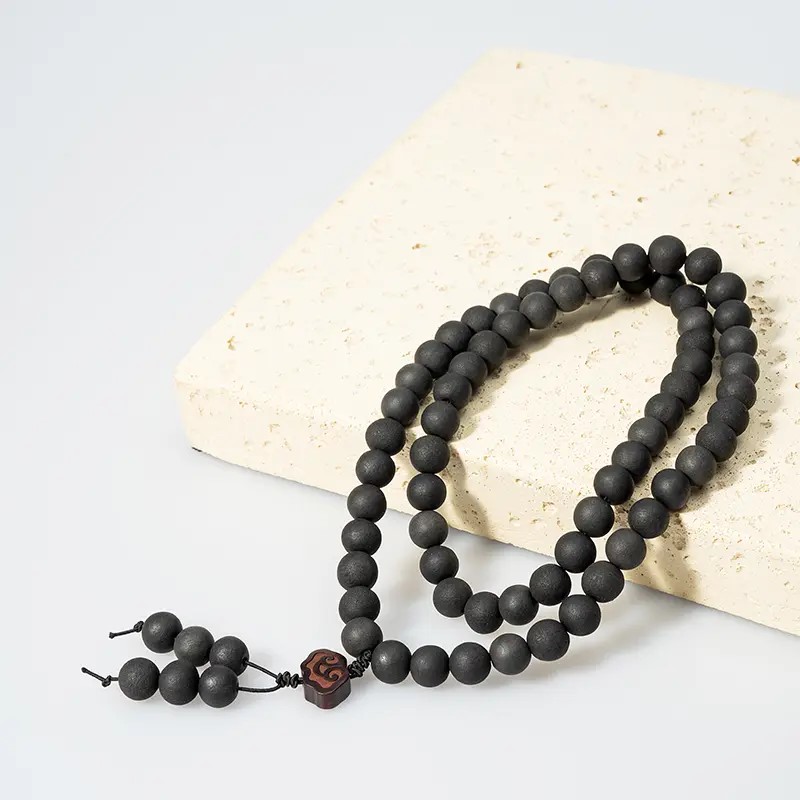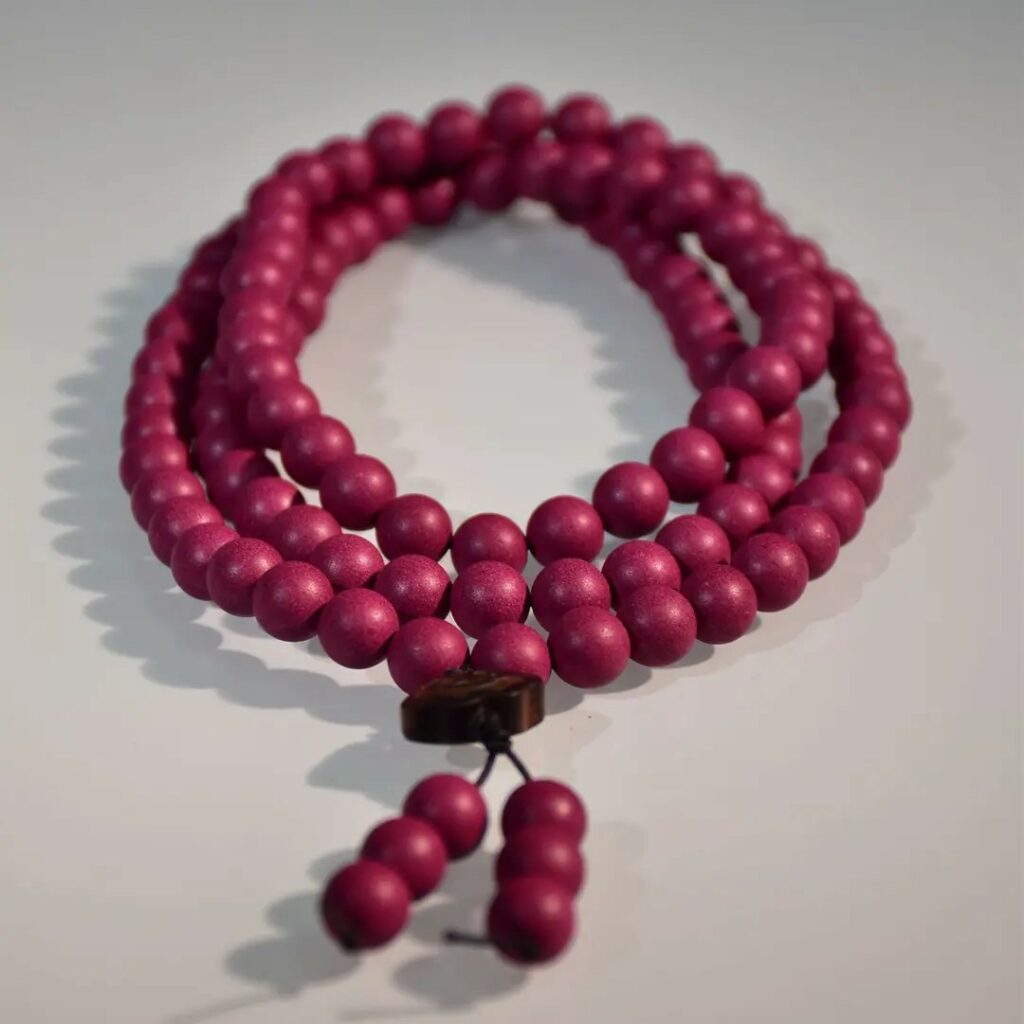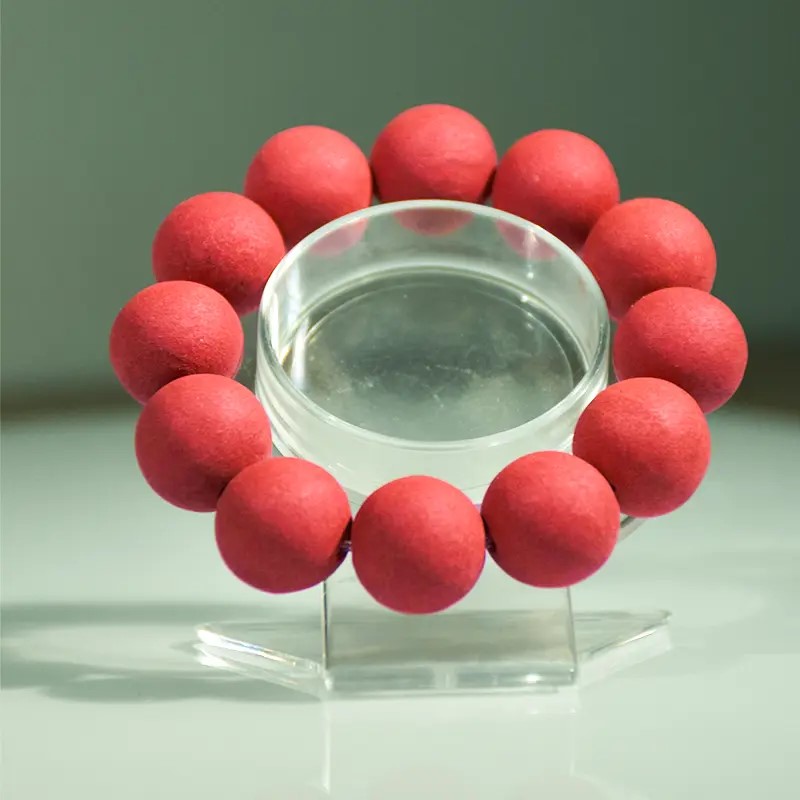The question of whether patina (pan baojiang ) affects the scent diffusion of Hexiang Zhu (composite incense beads) touches upon a fascinating intersection of material science, perfumery, and traditional craftsmanship. Contrary to the intuitive assumption that a surface layer might seal in fragrance, the formation of patina on Hexiang Zhu does not impede scent diffusion; instead, it refines and often enriches the aromatic experience. This phenomenon arises from the very nature of patina formation and the complex interplay between the bead’s composite materials and its volatile aromatic compounds.
Deconstructing Hexiang Zhu: A Symphony of Materials
To understand patina’s effect, we must first appreciate Hexiang Zhu’s composition. These beads are not simple carriers of fragrance oil; they are intricate matrices where scent is inherent:
- Organic Binding Matrix: Traditional binders like honey, plum meat paste (mei rong ), jujube paste, or resinous gums (e.g., Arabic gum, benzoin) form the base. These substances themselves possess subtle volatiles and hydrophilic/hydrophobic properties that influence scent release.
- Pulverized Botanicals: Finely ground spices (clove, cinnamon), woods (sandalwood, agarwood), resins (frankincense, myrrh), herbs, and flowers constitute the core aromatic payload. Their microscopic particles are embedded throughout the matrix.
- Essential Oils & Absolutes: While traditional recipes often rely on the ground materials, modern or enhanced blends may incorporate concentrated essential oils or absolutes, adding complexity and intensity. These reside within the porous structure and bind to the organic matrix.
- Natural Fixatives: Ingredients like tonka bean, vanilla pod powder, or labdanum act as molecular anchors, slowing the evaporation of top and middle notes and extending the scent life.
This composite structure creates a porous, heterogeneous material. Fragrance molecules reside within microscopic pores, bound to the organic matrix, and on the surface. Diffusion occurs as these molecules gain sufficient kinetic energy to escape into the air, influenced by temperature, air flow, and the molecule’s inherent volatility and interaction with the matrix.
Traditional Chinese Compound Incense
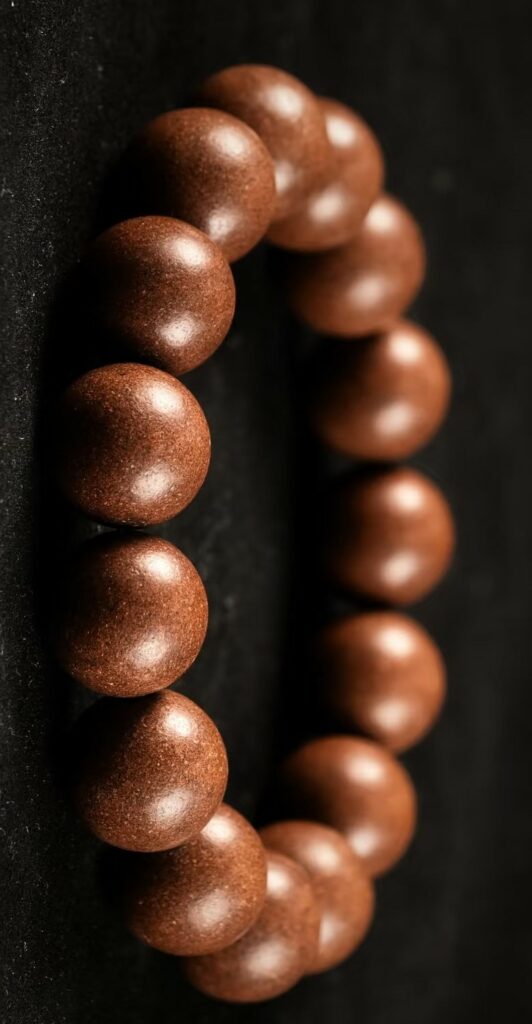
Traditional Chinese Compound Incense
The Delicate Art of Chinese aroma incense
Incense beads, or Chinese aroma incense beads , are far more than simple ornaments. These meticulously crafted spheres, born from the fusion of powdered precious woods, resins, herbs, and binding agents, represent a unique intersection of ancient Chinese fragrance culture, artistry, and contemplative practice. beads
The Genesis of Patina: An Emergent Property of Care
Patina on Hexiang Zhu is not an applied finish; it is an emergent property resulting from dedicated handling (pan wan):
- Mechanical Polishing: Gentle, consistent friction from clean hands or silk cloth smoothes microscopic surface irregularities. This physically aligns surface polymers in the binder and exposes underlying material.
- Heat Transfer: Body warmth during handling slightly increases the local temperature at the bead’s surface. This mild thermal energy aids in the mobilization and redistribution of inherent lipids and waxes within the bead’s own composition.
- Lipid & Wax Migration: Crucially, the heat and friction facilitate the migration of endogenous oils and waxes – naturally present in the botanical powders (e.g., oils in sandalwood, waxes in certain flowers, resins) and the binder (e.g., lipids in honey, natural waxes in resins like benzoin) – to the surface.
- Oxidation & Polymerization: Upon exposure to air at the surface, these migrated lipids and waxes undergo slow oxidation and cross-linking (polymerization). This forms a hard, smooth, often glossy layer – the patina. This layer is chemically integral to the bead; it is not a foreign sealant but a reconstituted, densified expression of the bead’s own constituents.
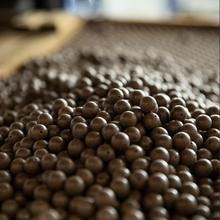

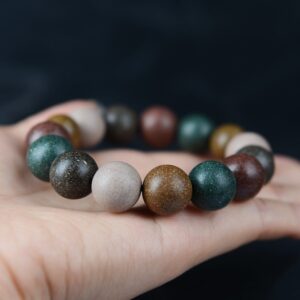
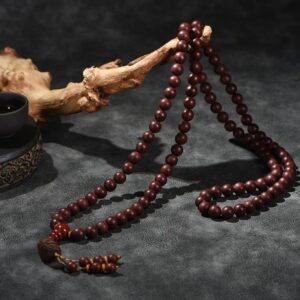
Patina & Scent Diffusion: Enhancement, Not Inhibition
The key insight lies in the nature of the patina layer and its interaction with volatile aromatic compounds (VOCs):
- Micro-Porous Structure: Despite its smooth appearance, a naturally formed patina remains microscopically porous. The polymerization of natural lipids and waxes does not create an impervious plastic-like barrier akin to varnish or lacquer. The molecular structure retains pathways sufficiently large for the smaller volatile scent molecules to diffuse through.
- Selective Barrier Effect: The patina acts more as a regulator than a blocker. It can slightly slow the initial burst release of the most volatile top notes (e.g., citrus, some herbs), preventing them from dissipating too rapidly. This leads to a perceived “rounding” or “mellowing” of the top notes.
- Concentration & Complexity: By moderating the escape of the most fleeting volatiles, the patina allows the middle and base notes (often richer, warmer, and more complex scents from woods, resins, spices) to become more prominent in the overall scent profile sooner. This creates the characteristic “thicker” or “more profound” aroma experienced with a well-patinated bead. The scent isn’t weaker; its balance shifts towards the deeper, longer-lasting components.
- Surface Area & Diffusion Path: While patina smoothes the macroscopic surface, it doesn’t eliminate the microscopic surface texture or the internal porosity where the majority of scent molecules reside. Scent diffusion primarily occurs from the vast internal surface area within the bead’s pores. Molecules migrate through the porous network to the outer surface before evaporating. A thin, micro-porous patina layer has minimal impact on this core diffusion process from the bead’s interior.
- Material Synergy: Since the patina is formed from the bead’s own oils and waxes, it shares chemical affinities with the embedded aromatic compounds. This compatibility facilitates, rather than hinders, the migration of scent molecules through the patina layer. A synthetic sealant, lacking this affinity, would likely create a true barrier.
- Protective Function: Patina provides a crucial protective layer against environmental factors like excessive moisture, airborne pollutants, and skin acids/salts. This preservation helps maintain the integrity of the aromatic compounds within the bead over the long term, preventing degradation that would actually diminish scent quality and longevity. A pristine bead might initially smell stronger but degrade faster without patina’s protection.
Historical and Empirical Validation
The understanding that patina enhances Hexiang Zhu is not merely modern speculation but is rooted in centuries of practice documented in Chinese incense literature (Xiangxue):
- Song Dynasty Texts: Writings on incense appreciation often described prized beads and ornaments developing a “jade-like luster” (yu ze) through handling, accompanied by a fragrance that became “deeper” (hou), “richer” (nong), and “more harmonious” (he) over time. This correlates directly with the patina formation process.
- Craftsmans’ Lore: Traditional makers consistently advise that beads improve with careful wearing and handling, specifically noting the evolution of both appearance and scent profile towards greater depth and harmony. The concept of “raising” or “cultivating” (yang) the bead encompasses developing both its patina and its matured scent.
- Modern Artisan Experience: Contemporary masters of Hexiang Zhu consistently report that well-patinated beads exhibit a more complex, balanced, and long-lasting aroma compared to new, unpatinated ones. This experiential knowledge passed down through generations aligns with the material science explanation.
Potential Concerns & Misconceptions
- Excessive Buildup: While natural patina formation is beneficial, an extremely thick, uneven, or grime-layered buildup (resulting from dirty hands or neglect) could potentially impede diffusion. True patina from clean handling is thin and micro-porous. Proper care avoids problematic buildup.
- Synthetic Finishes: Applying external oils, waxes, or varnishes in an attempt to mimic or accelerate patina is detrimental. These foreign materials do create non-porous barriers that trap scent and alter the bead’s natural aging process, fundamentally different from endogenous patina formation.
- Initial “Quiet” Phase: A newly formed patina layer might temporarily cause a slight perceived reduction in the sharpest top notes as it regulates their release. This is part of the maturation process leading to the richer overall profile and should not be mistaken for scent loss.
- Core Quality Matters: Patina refines what is already present. A bead made with low-quality materials, insufficient aromatic load, or improper technique will not magically develop a wonderful scent through patina alone. Patina enhances; it doesn’t create core fragrance.
The Patina as Catalyst
The formation of patina on Hexiang Zhu represents a beautiful synergy between human interaction and material science. Far from being a barrier, this naturally evolved surface layer, born from the bead’s own essential oils and waxes, acts as a sophisticated regulator and enhancer of the olfactory experience. It subtly tempers the volatility of top notes, allowing the profound depth of base notes to emerge more readily, resulting in the characteristic “thicker,” richer, and more harmonious fragrance cherished by connoisseurs. Furthermore, it serves as a protective shield, safeguarding the precious aromatic compounds within and ensuring the longevity of the bead’s scent life.
Therefore, the act of “pan wan” – the careful, devoted handling of Hexiang Zhu – is not merely aesthetic cultivation. It is an active participation in the bead’s aromatic evolution. The resulting patina is the visible and olfactory signature of this journey, a testament to the enduring alchemy where natural materials, skilled craftsmanship, and patient care converge to create an ever-deepening sensory masterpiece. The scent not only persists through the patina; it is fundamentally refined and elevated by it.

